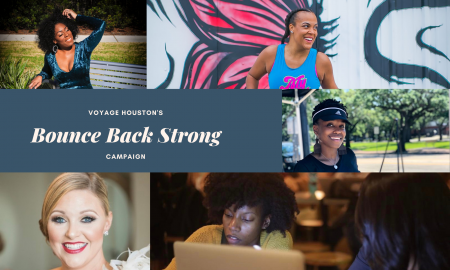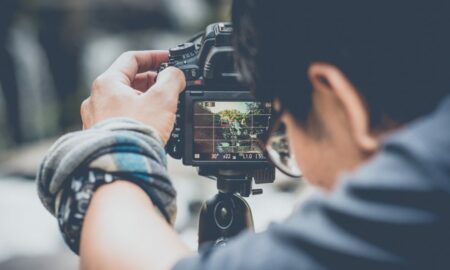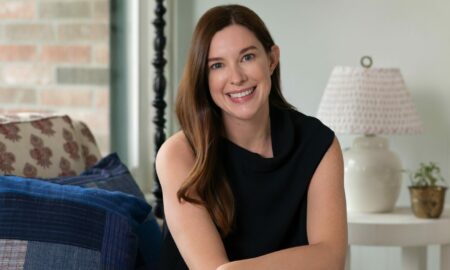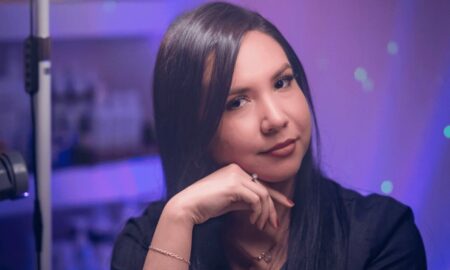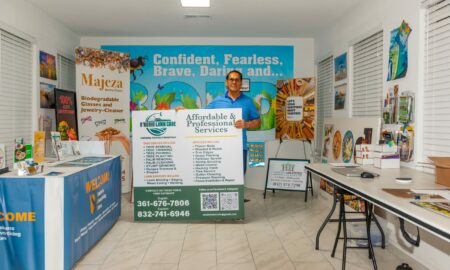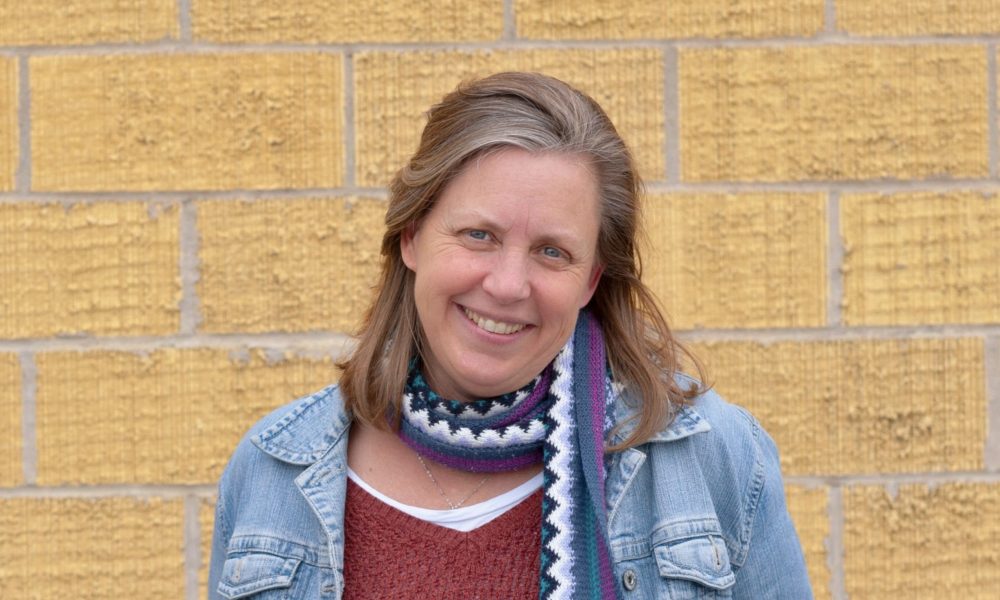

Today we’d like to introduce you to Debbie Kizer.
Debbie, please share your story with us. How did you get to where you are today?
I am the Founder of Imagine Art – established in 1996 as a grassroots effort. In short, I was diagnosed with a mental illness after 15 years of drug addiction. Post recovery, I established this project as a personal work effort. It started as a tiny project serving ten artists. The mission was simple – increase the presence of artists with disabilities in the arts. Ten artists received funding for professional art classes and supplies. I served as an attendant – helping these ten artists get to class, set up materials and successfully engage. In turn, I learned how to paint! By our 2nd year, word got out and 35 artists sought to engage. Our cultural arts funding (under $5000) was not sufficient and we redesigned the project to gather artists for monthly workshops – bringing in professional artists from the community for learning opportunities. The act of gathering the artists transformed the project! Suddenly they had vision and ideas on how to get there! We hosted 16 exhibits that 2nd year. Our 3rd year demanded more space and a facility that offered daily engagement. We bartered for space at the Self Help Advocacy Center (SHAC) with 65 registered artists, opening our first free, public art studio and community gallery. We left the SHAC a year later with 150 artists in our ranks. We enjoyed a brief and glorious stay in downtown Austin on 5th Street near Congress. Again, we bartered for space – but this time, we provided an art class to a charter school – at-risk high schoolers. We painted the building purple and set up our first studio & store. In 2005 we experienced displacement with rising rent and moved east to occupy a chanty in a high crime district. We shrunk the studio and focused our operations on office and capacity building. OneStar Foundation provided VISTA Volunteers who helped us to build new programming.
In 2008, we moved further east to occupy a warehouse space with other non-profits. It was during this time that we rebranded ourselves and relaunched as a public studio with a focus on micro-business. We solely served artists with disabilities due to our own space capacity. Our number of volunteers and non-disabled artists grew and they sought ways to engage as peers as art-makers. During this time, the non-profits who shared our space began to exit. One by one, rooms became available and Imagine Art assumed the space. By 2014 we had the opportunity to ‘take the building’ – a 10,000 sqft space. This was our opportunity to open our doors to our non-disabled players and we officially launched as a free, public studio open to any artist in the city. Between 2014-2017, Imagine Art experienced its first phase of expansive growth. We formally grew our day habilitation program (funding for supporting persons with disabilities) – adding formal supports such as attendant care and support. We established a professional gallery with rotating exhibitions. We also opened as venue rental, inviting arts organizations to rehearse and perform at affordable rates ($35-$125 per event). Between 2016-2020, we focused on growing our programs. We decided to expand our program to offer long-term care for artists in our community. We did this with purpose – we had determined to establish a Live+Make model whereby we would live and work together in a shared space. We knew that we wanted control over the long-term care needs (nursing, attendant care, behavioral supports, etc.) and so we established contracts with Health and Human Services to provide long-term care. We also received a federal grant to establish a peer support program – the grant is a 4-year effort that allows us to establish a certificate program that will train and certify persons with intellectual developmental disabilities to serve as peer support staff. Since its inception, the organization has successfully developed a strong peer community. This was also an intentional effort because we recognized a critical need for our artists to be engaged as peers to increase our capacity.
To culminate our efforts, we pursued a deeper partnership with OneStar Foundation to establish an AmeriCorps Member program. After recognizing that our model offered a new model by which to deliver services to people with disabilities – in community-based, integrated, inclusive ways that positioned people with disabilities as leaders to meet real community needs for art space and art service. OneStar enabled us to establish as a demonstration site, and 10 FT Americorps Members joined our team as Artists in Residence to provide an extra intervention ensuring that our disabled artists had the same economic opportunity as their non-disabled peers. The organization faced 150% growth fiscally and programmatically in just two short years. Our team grew from a staff of 4 to a staff of 24 during this time. The rapid growth continues as new opportunities present themselves – new and critical needs are exposed and the opportunity to meet those needs follows.
All the while, Imagine Art has continued to pursue its Live+Make vision. The organization has discovered the realm of affordable housing and the tricks of the trade are revealing an interesting path to establishing the vision. Imagine Art has positioned itself to apply for 2 RFPs that are being released by Neighborhood Housing and Community Development Corporation – a city entity. Concurrently, the city’s Economic Development Department (EDD) is releasing a creative bond ($12 million) designated for creative space. Imagine Art is actively exploring the opportunity for a cross-departmental partnership that will intersect housing and art space. Imagine Art’s vision is to establish a deeply affordable housing project that offers a combination of permanent supported housing mixed with multi-family apartments offering 1,2, and 3 bedroom units. Imagine Art will integrate its long-term care and peer support to shore up and extended program capacity. The project is anchored by art space and art services to offer artist studios, public gallery and potentially theatre and concert rehearsal and performance space. Imagine Art envisions for a free, public kitchen on the campus – one that would serve as a pay what you can café.
Imagine Art has essentially developed a creative placemaking project – a project that is leveraging the power of creating space for a greater purpose – a social justice mission. The opportunities to demonstrate this project – by scale and scope – is endless. Through its demonstration project, the organization sees opportunities to mentor others on a small scale or to replicate additional sites for increased services. Texas continues to fund 13 state-operated institutions that serve people with disabilities. There is a great opportunity for the Imagine Art demonstration to invite new discussion to leverage creative placemaking for a larger scope systems change – creating arts district destinations where similar impact can be felt by artists – with and without disabilities.
There is a scripture that reads – do not despise small beginnings. A tiny seed was planted in brokenness and 25 years later, many are enjoying the shade and eating the fruit of the tree. So much has occurred and yet we are just arriving at our own identity – like a child who has officially grown up. I grew up with the organization – those early years were messy and scattered with small tragedies and difficulties. I was the first fruit of the mission and now this community is my community – this is my place, my people. It has been an incredible journey and it is only just beginning.
Has it been a smooth road?
Lots of struggle too many to recount. I am a self-taught leader who was unprepared and untrained for what I was being called to do. The road of learning has been long and arduous. Space has been a constant battle to fund – prices in Austin are constantly rising and artists and arts organizations are being displaced continually.
We are also pioneering in so many arenas – the models, the mentors – they do not exist. There are like-minded people and those who are willing to shed light. But ultimately, we are paving a way where others have not to tread. In our paving, we are clearing the way so that others can easily follow our footsteps. That causes us to move slower than we would otherwise – we slow down to write it down; to create a policy or a handbook or instructions for those who are to follow. Tapping into foundations and private donor dollars has also been difficult. It is not accessible until you have access to it. You do not know the foundations until you meet them. You are not trusted with the million until you have the million – it is a series of catch 22 that creates barriers for those organizations that are breaking ground, reaching thresholds and climbing to the next level. The process – while a great disappointment and challenge – is also one of ‘making us’ – it made us stronger – a people of long suffering patience, perseverance and sustained vision.
Tell us more about the organization.
Imagine Art is first and foremost an arts service organization that services artists with disabilities. We are a ministry whose mission is “To transform the lives of artists with disabilities for the glory of God”. This unique people group is our mission – they are our purpose. We have discovered a unique approach to position these artists as place-makers and leaders – meeting a critical need in the city for art space and artist services. We are determined to establish high caliber services that attract non disabled players to join us as peers. This is unprecedented across the nation – non-disabled artists are engaging in services that are designed for people with disabilities.
In short, we offer free public art studio space. We have 16 FT staff who serve in artistic roles (3 Artistic Directors and 13 Artists in Residence). We explore and support the micro-art business with nine formal fledgling non-profits under development. In addition, we serve as an affordable venue for theatre and concert groups for rehearsal and performance. Supplemental programs include long term care. Through long-term care we offer respite homes, group home supported living and host home for our clients. In August of 2020, Imagine At expects to receive land from Neighborhood Housing and move forward with its vision to establish it’s Live+Make campus that expands the scope of demonstration to include a formal residential program.
How do you think the industry will change over the next decade?
Artists and arts organizations face a critical need for affordable or fixed affordable art space – office, making space, performance space and living space. It is uncertain what shift will take place – the city of Austin recognizes and values the presence and the needs of the artists and arts organizations in Austin. The Economic Development Department is responsive to the artists and artists organizations and EDD continues to invest in district development, funding sources and creative space. I imagine that Austin will only improve its efforts in the next 5-10 years. City leaders understand the impact of the arts and they are committed to stabilizing artistic efforts.
Regarding disability – I expect a massive shift in this community in the next ten years. I expect 75% of the state’s institutions to be closed – I expect a new age of leaders to assume their place in Health and Human Services. With them, I expect new vision that embraces integrated, inclusive models that recognize the power of creative place. I see the mobilization of people with disabilities as they find their way, their voice and their purpose in our culture. Peer support will be ‘a thing’ and it will change people – they will know who they are, what they want and how to get what they want. I see the transformation for people with disabilities across Texas – it has been a long time in coming and I welcome it.
Pricing:
- Imagine Art offers affordable art produced in our studios, averaging $35-$500.
Contact Info:
- Address: 2830 Real Street Austin, Texas 78722
- Website: www.imagineart.net
- Phone: 512-554-2406
- Email: info@imagineart.net
- Instagram: https://www.instagram.com/imagineart_atx/?hl=en
- Facebook: https://www.facebook.com/?ref=tn_tnmn
- Twitter: https://twitter.com/imagineartatx?lang=en
- Yelp: https://www.yelp.com/biz/imagine-art-austin







 Image Credit:
Image Credit:
Katie Kness, photographer for Debbie Kizer’s portrait.
Fork in the Road, Debbie Kizer (painting); John Lennon, Mark Lit (Mosaic); Bloo Kat, Kati Hammond (sculpture); Blue Car, Larin Harp (ceramic sculpture); Gap of Justice, Elana Connor (torn paper mixed); Abstract Blocks, Ramin Mandavi; – Little People, Ebony Young (ceramic sculptures); bowls by various artists – the wire work by Janelle
Suggest a story: VoyageHouston is built on recommendations from the community; it’s how we uncover hidden gems, so if you or someone you know deserves recognition please let us know here.


